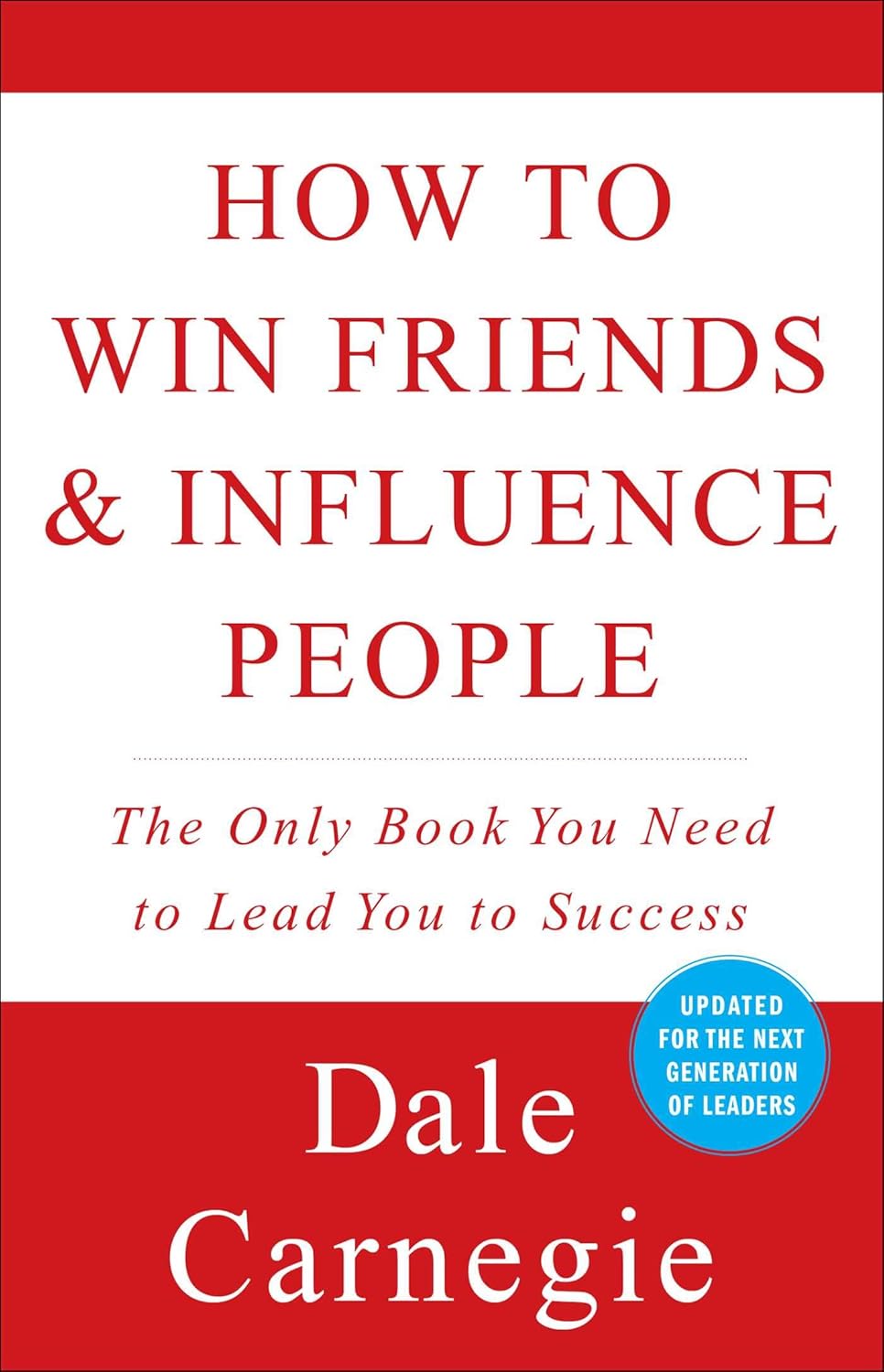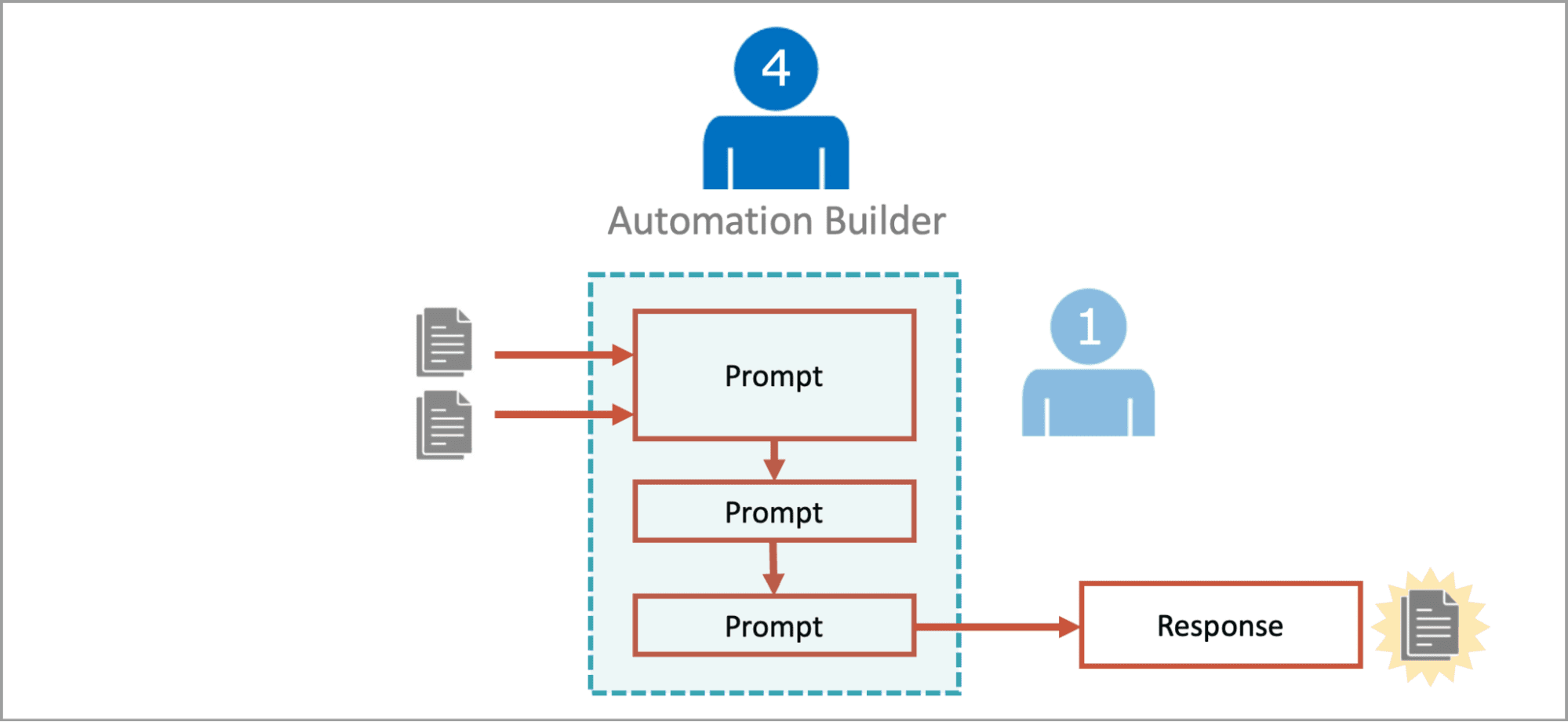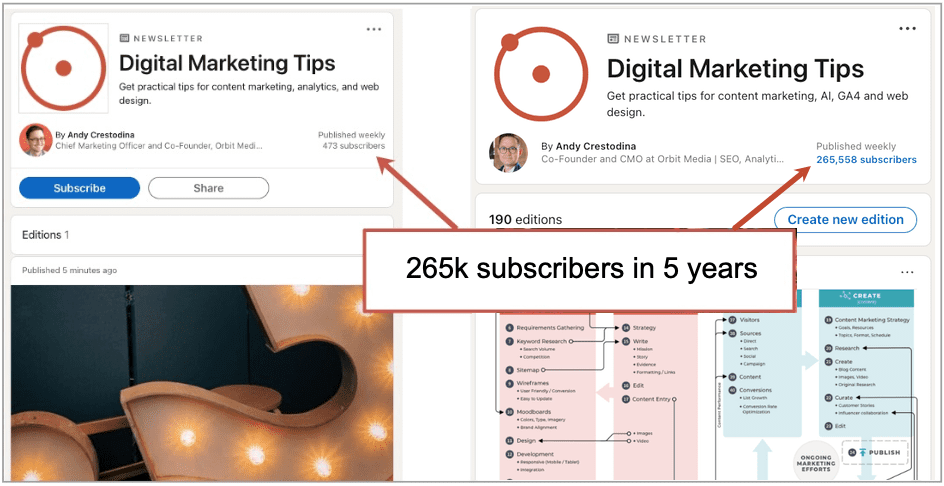Scammers Are Already Capitalizing on Confusion Over Tariffs
Five scams to watch out for.

If you’re like most people, you probably didn’t think a whole lot about tariffs before this year. And if you’re like most people, you’ve probably spent this year thinking a lot about tariffs—specifically, how they’re going to impact your life. Whether it’s worry over higher prices and empty store shelves or more generalized economic anxiety, these certainly are exciting times. And, like clockwork, we can add one more thing to worry about in relation to tariffs: Scams.
Pivoting off the chaos and uncertainty everyone is experiencing around the on-again, off-again tariffs and their constantly shifting parameters, scammers have quickly assembled a few new attacks on your bank account. They count on the fact that most of us aren’t economists or experienced with import/export law, so it can be easy to frighten or intimidate us into forking over money, especially because the one thing most of us know about tariffs is that they’re going to cost us money. Here are the tariff scams you need to be on alert for—and how to spot them.
Fake government emails
One new scam attempts to leverage people’s unfamiliarity with tariffs by posing as government agencies seeking tariff payments directly from consumers. Several hundred websites have been created since the beginning of the year, many with deceptive names including terms like “U.S. Customs” or “Tariffs” in hopes of convincing you they’re legitimate organs of the government. The scammers then send out emails from those official-looking domains claiming that you owe a tariff payment for something you bought recently, or that you owe a general tariff payment.
Sometimes the scammer’s goal is to get you to make a payment, but often it’s just to collect your information via an official-looking form.
How to spot it: First, always keep in mind that consumers don’t pay tariffs directly—if the costs are passed on to you, it’s through higher prices. Any request for a direct tariff payment is almost certainly a scam. Any official government website will have a “.gov” extension, so you should be suspicious of any “.com” or “.net” sites claiming to be associated with the government. You can also use what’s known as a WHOIS lookup to see when a web domain was registered. Any site created within the last few months should be considered extremely suspicious.
Fake messages about mail and packages
Another way scammers will try to leverage tariff confusion against you is by pretending to be a major shipping company like FedEx or UPS. They’ll send you an email claiming that you have a package being held because a tariff is owed, and direct you to a scam sight to pay to have the package released. This is a twist on an old scam, but uncertainty over who owes tariffs gives it a fresh sheen of legitimacy.
How to spot it: Simply reminding yourself that you should never pay a tariff directly is key—any request from a shipping company or the United States Post Office for a tariff-related fee is a scam, full stop. If you actually have packages coming and you’re at all uncertain of their status, always verify details separately by going to the shipper’s main website and entering tracking information there, or contacting their customer service.
Factory shopping
If you’re a consumer on a budget—and who isn’t these days—you might be excited to stumble on a social media post or email purporting to sell you stuff directly from factories in China or other countries without a tariff. They claim that the stuff is the same as name-brand clothing or other items, just without the branding, making them cheaper to offset any tariff-driven price increases. These sites are often pushed by so-called influencers on platforms like TikTok, who gush about avoiding tariff fees.
Of course, once you receive your items—assuming you actually do—they’re almost certainly counterfeit and probably pretty crappy in terms of quality. And you won’t have the benefit of the brand’s customer service to fall back on, either.
How to spot it: Anyone claiming they can circumvent tariffs is probably lying to you, and the old rule about things being too good to be true (i.e., they probably aren’t) always applies. If you see a post or video purporting to show a foreign factory selling items directly to consumers, it’s almost certainly a scam.
Fake tariff relief payments
All this talk of skyrocketing prices has made everyone understandably nervous about paying their bills. This has led to a version of a scam that’s been popular ever since the pandemic stimulus checks went out: Fake relief payments.
Advertisements are showing up on social media claiming that there are various “tariff relief” payments going out, offering anywhere from $750 to $5,600. These are supposedly government programs to help us all survive the new reality of tariffs, and in the wake of previous government bailouts and stimulus payments they can seem plausible at first glance. Of course, if you click on any of these ads you’ll find yourself at a phishing site demanding every bit of sensitive information the scammers can think of.
How to spot it: Since these usually pop up in the form of paid ads on platforms like Facebook, they will usually be marked as “sponsored” in some way—if you see an indication that it’s a paid ad, ignore it. If the government were to send out some sort of tariff-related stimulus, it wouldn’t require you to fill out forms—like previous stimulus payments, it would rely on the reams of data it already has on you thanks to the IRS. And a tariff stimulus would be in the news. A lot. If you’re tempted to believe something like this, look for headlines on legitimate news sites—if you don’t see any, assume it’s a scam.
Investment scams
Scammers are always trying to play off two things: Fear and greed. While there have always been investment scams involving fake accounts or dubious cryptocurrencies, the newest versions of these scams play on everyone’s fear of economic turmoil, claiming that a new investment product—typically in the cryptocurrency sphere—offers a risk-free safe haven from tariff chaos. While economies and national currencies might falter as trade wars escalate, the pitch goes, this nifty new version of money is unaffected by tariffs or other traditional economic factors and offers steady returns. Naturally, if you actually contact these sites and make an investment, your money simply vanishes, or you’re pulled into a Pig Butchering scam complete with a fake website showing you incredible returns on your investment that you will never actually be able to withdraw.
How to spot it: The most obvious sign of a scam investment is an unrealistic rate of return. Any investment that “guarantees” no risk of loss and a huge profit in a short time is almost always a scam. If it involves a cryptocurrency you’ve never heard of, you should definitely be suspicious. An increasingly common sign of a tariff-related crypto scam is a fake “endorsement” from a political figure—a scam targeting nervous Canadian investors, for example, used fake testimonials from former Prime Minister Justin Trudeau and other officials to fool people. Government officials typically don’t endorse investments, and you should absolutely fact-check any you see without relying on links provided by the site itself.























































































































































